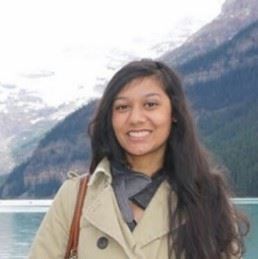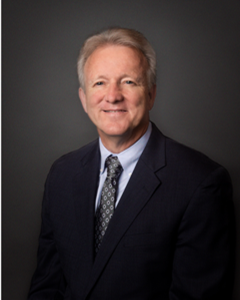Heat flow and Supervised Learning in the Denver-Julesburg and Powder River Basins: applying The Magnetic Layer to control thermal property calculations
Dale E. Bird (speaker), Bird Geophysical; Naila Dowla, Dowla Analytics LLC; William E. Cathey, Earthfield Technology LLC
Parking LOCATION Here
Bios

Dale Bird (Speaker), Bird Geophysical
Dale Bird is a consultant specializing in tectonophysics and interpretation of potential fields. He has 30+ years of world-wide experience. Dale earned B.S., M.S., and Ph.D. degrees from the University of Houston, where he is a Research Associate Professor. He has been an active member of several professional organizations including: AAPG, AGU, EAGE, HGS, GSA, GSH and SEG.

Naila Dowla, Dowla Analytics, LLC
Naila Dowla is a Geoscience and Data Science consultant and founder of Dowla Analytics. She has B.S. and Ph.D. degrees from the University of Houston, with experience as an exploration geoscientist both for both deep-water and unconventional resources. She is a member of AAPG, SEG, HGS, GSH and GSA.

Bill Cathey, Earthfield Technology, LLC
Bill Cathey is the President & Chief Geoscientist for Earthfield Technology, LLC. Bill is a geologist & geophysicist, and since 1984, his employment history has included Amoco Production Company, Western Geophysical (Aero Service Division), and Earthfield Technology, working as a Potential Fields Geoscientist. Bill has authored numerous academic papers, including the first use of magnetic data to image, and model salt structures. He has been an active member in the SEG, AAPG, HGS, and GSH.
Abstract
Our study makes use of magnetic anomalies produced between the top of crystalline basement and Curie point isotherm depths, which we call The Magnetic Layer (TML). The study area includes two foreland basins, Denver-Julesburg and Powder River, which formed along the eastern perimeter of the Laramide deformation front. We demonstrate that magnetic data analyses, combined with thermal property station data (heat flow, thermal conductivity, heat production), support thermal property calculations in the sedimentary basin layer as well as TML. We further demonstrate that these results are improved by Supervised Learning analyses.
We outline a method that integrates thermal properties with basement terranes interpreted, in part, from magnetic susceptibilities derived from 3D modeling, to generate thermal models for the Denver-Julesburg and Powder River Basins. These models are refined, employing a suite of Python-based Supervised Learning algorithms, to compare heat flow prediction from thermal properties in the sedimentary basin layer with those in the sedimentary basin layer + The Magnetic Layer. We conclude with examples that connect derived thermal properties with geological elements in the study area.